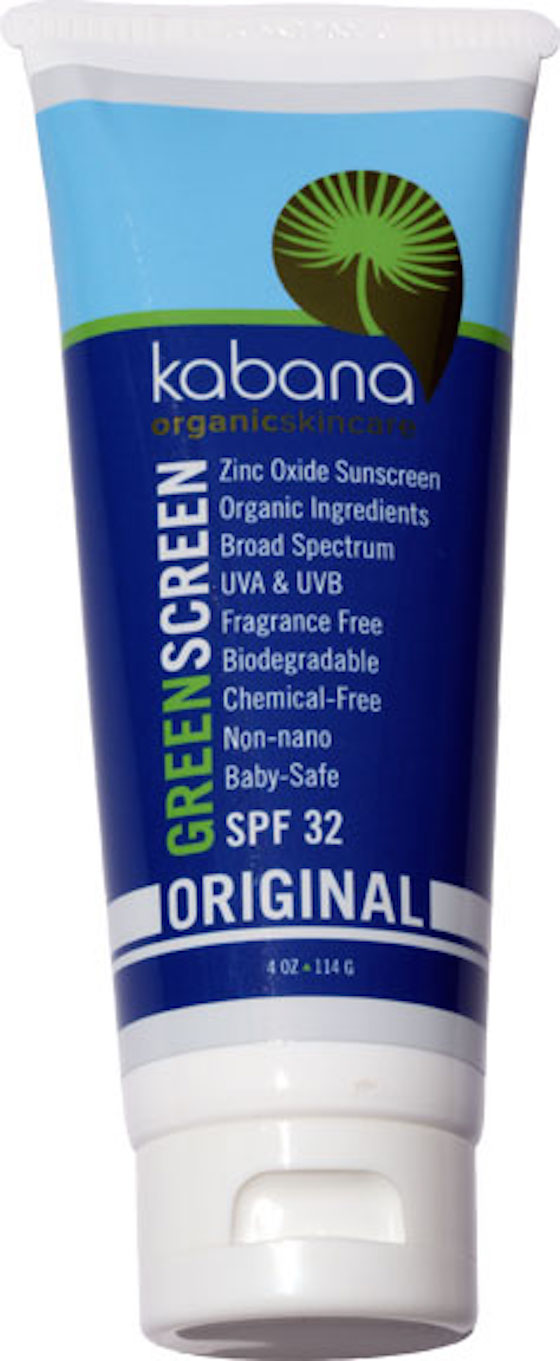
8 Super-Natural Summer Sunscreens Sans Toxic Ingredients: Time for the Beach!
Image via Flickr user Hernan Piñera
We know you love the beach—so do we! But summer beach excursions mean sunscreen, and that can mean confusion. Of course, sun protection isn’t just found in suncreams (so don’t forget the light fabric layers, hat and sunnies). Common sense counts too—do your best to stay out of the harshest rays from 10am-2pm. But sunblock can be an important tool in the sun-protection arsenal.
Unfortunately, many of the most popular brands contain chemicals that are probable carcinogens, so while you are trying to keep skin cancer at bay, you are absorbing other toxic compounds. (Not to mention the negative effects these chemicals can have on coral reefs and other marine life.)
According to the 9th annual Environmental Working Group Sunscreen Guide
Only 21 percent of the sunscreens, 19 percent of the moisturizers with SPF and 21 percent of the lip balms in EWG’s database for 2015 scored 1 or 2 (edit note: this translates to low toxicity in EWG’s database). Most major sunscreen brands, including Banana Boat, Coppertone and CVS, score poorly. EWG estimates that more than half of the sunscreens on the American market would not make it to store shelves in Europe.
So what’s the best way to protect both ourselves and our oceans?
First, avoid aerosolized (spray) products—see our one exception in the list below. Again, according to the Environmental Working Group:
Aerosolized droplets could push sunscreen chemicals deep into the lungs where they could irritate lung tissue or pass into the bloodstream. As well, the FDA says it lacks data to prove that sprays provide the necessary thick, even skin coverage on dry skin.
Then, look for sunscreens with short lists of natural ingredients that are easy to pronounce.
Your sunscreen should contain: Zinc oxide or titanium, which forms a physical, reflective shield against the sun’s rays.
Avoid: Oxybenzone, fragrance, Retinyl palmitate (aka: retinyl acetate, retinyl linoleate and retinol, aka Vitamin A; “studies by federal government scientists indicate that it may trigger development of skin tumors and lesions when used on skin in the presence of sunlight”)
The more ingredients found in nature, the better. And keep in mind than any product advertising SPF higher than 50 is just misleading (so much so that they’re not allowed in other countries.
Australian authorities cap SPF values at 30; European and Japanese regulators at 50 (Osterwalder 2009b), and Canada allows a maximum of “50+”. In 2011, the FDA proposed a regulation to prohibit labels higher than SPF 50+, but the agency has not completed work on this rule and put it into force.
But don’t worry, we’ve done the research for you (and you can learn more here about the truths and myths about sunscreen).
The sunblocks below are all safe, eco-friendly, and practically edible!
Green Screen Organic Sunscreen, Kabana
This organic sunscreen has an SPF of 32 – a great level for an organic sunscreen – and only eight ingredients. It’s totally safe for kids of all ages and has no odor.
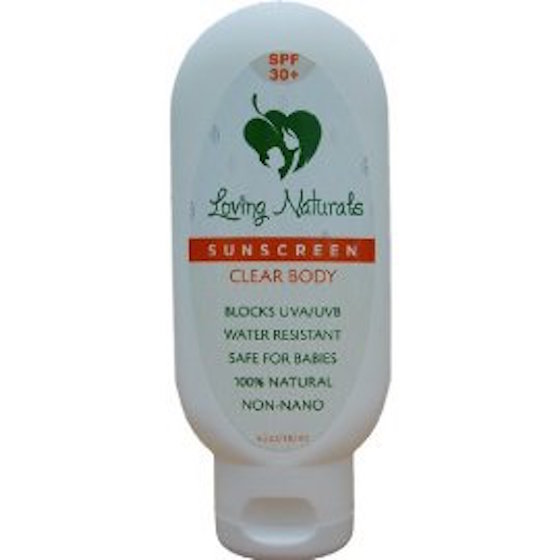
Clear Body SPF 30+ Sunscreen, Loving Naturals
Another high-SPF product, the ingredients for this sunscreen sound like a tasty yogurt dip – sunflower oil, honey, sea salt? Sign me up! Plus, it goes on nice and clear and moisturizes while it protects.
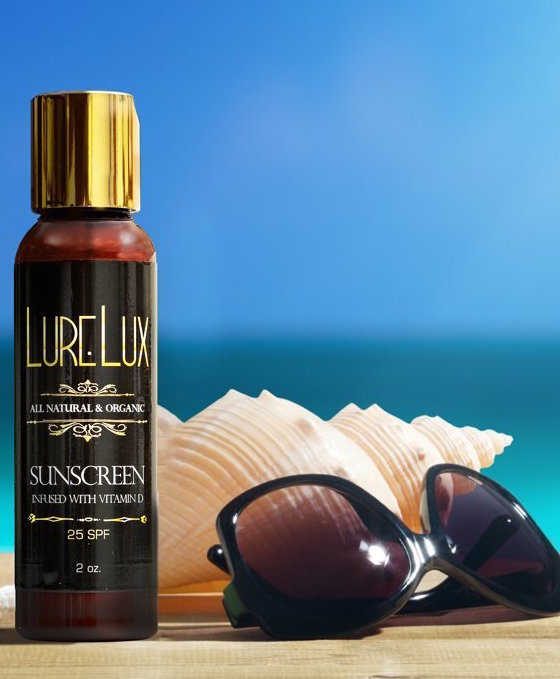
All Natural and Organic Sunscreen, LureLux
What makes this new brand special is their attention to Vitamin D absorption. Vitamin D is essential to our well-being; it builds bone and heart health and makes us feel good. Our biggest source of Vitamin D, however, is sun exposure. What a catch-22, right? LureLux sunscreen contains Vitamin D to make up for what we might be missing in our efforts to keep out UV rays.
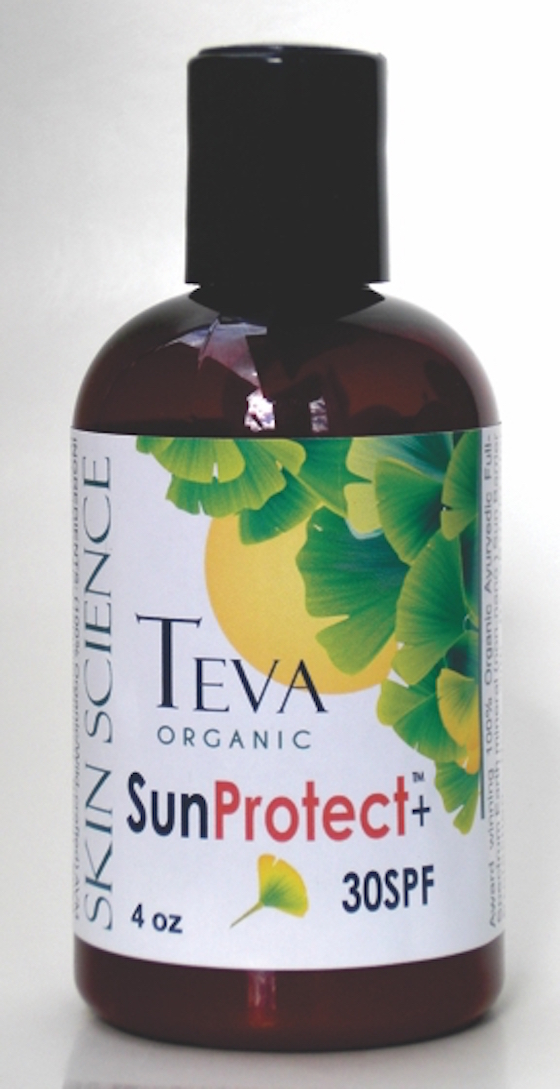
Organic SunProtect, Teva Skincare
Teva is the Hebrew word for “nature,” and every ingredient in this sunblock comes straight from mother earth. Plus, the inclusion of citronella and lemon means it repels insects!
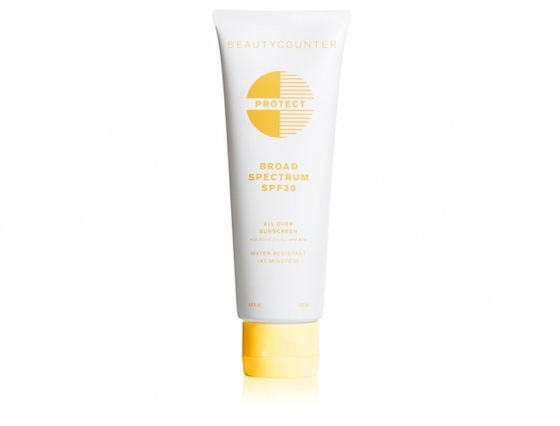
Protect All Over Sunscreen, Beauty Counter
This sunscreen has one or two synthetic ingredients, but they’re all non-toxic, and the majority of the ingredients are natural. Plus, it includes mandarin orange and other citrus oils, so it smells great without any unnatural fragrances.
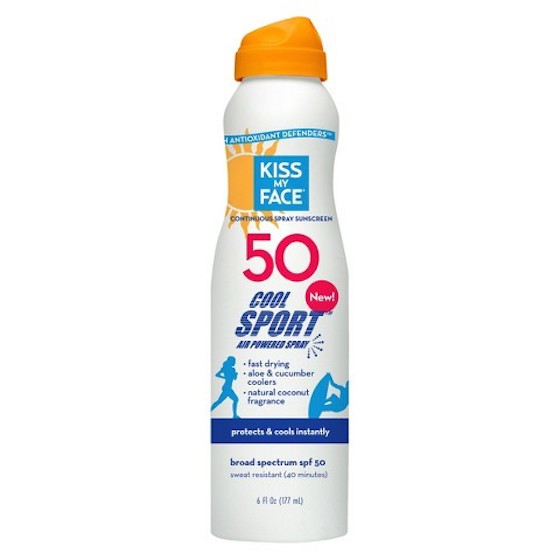
Continuous Spray Sunscreen, Kiss My Face
Who doesn’t love a good spray bottle? So much easier than rubbing it all in. Unfortunately, most continuous-spray sunscreens are in aerosol cans that release toxic chemicals on use (and not completely cover skin). Not Kiss My Face! Their air-powered spray is totally eco-friendly—still, be sure to apply plenty to skin so you get full coverage.
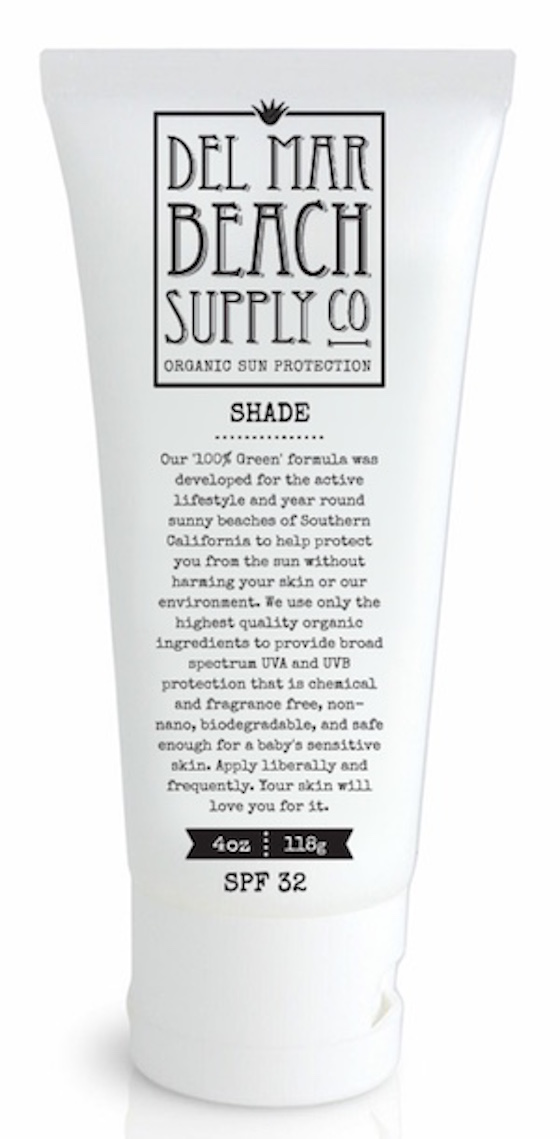
Natural Sunscreen, Del Mar Beach Supply Co.
This Non-GMO certified sunscreen is safe as can be, created by moms and dads who wanted to protect their babies from rashes. (Say it with me: Awww.) But it’s perfect for grown-ups, too.
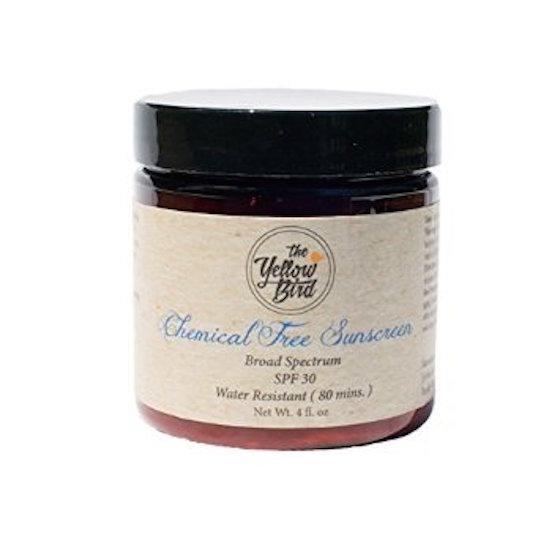
Chemical-Free Sunscreen, The Yellow Bird
This sunblock is creamy and easily spreadable, so a little bit of it goes a long way. Of course, it too is made of all-natural ingredients – a zinc base with coconut oil, carrot oil, shea butter, Vitamin E, and more.
Don’t forget, some sun can be part of a healthy lifestyle—non-peak sun exposure, for 15 minutes a day (maybe a bit less or more depending on your skin type) helps your body naturally produce the very important Vitamin D:
Sunshine causes the body to produce vitamin D, a critical function that sunscreen appears to inhibit. Vitamin D, technically a hormone, strengthens bones and the immune system and reduces risks of breast, colon, kidney and ovarian cancers and perhaps other disorders.
About 25 percent of Americans have borderline low levels of vitamin D, and eight percent have a serious deficiency. Breast-fed infants, people with darker skin and people who have limited sun exposure are at greatest risk for vitamin D deficiency. Many people can’t or shouldn’t rely on the sun for vitamin D. Check with your doctor to find out whether you should get a vitamin D test or take seasonal or year-round supplements.


